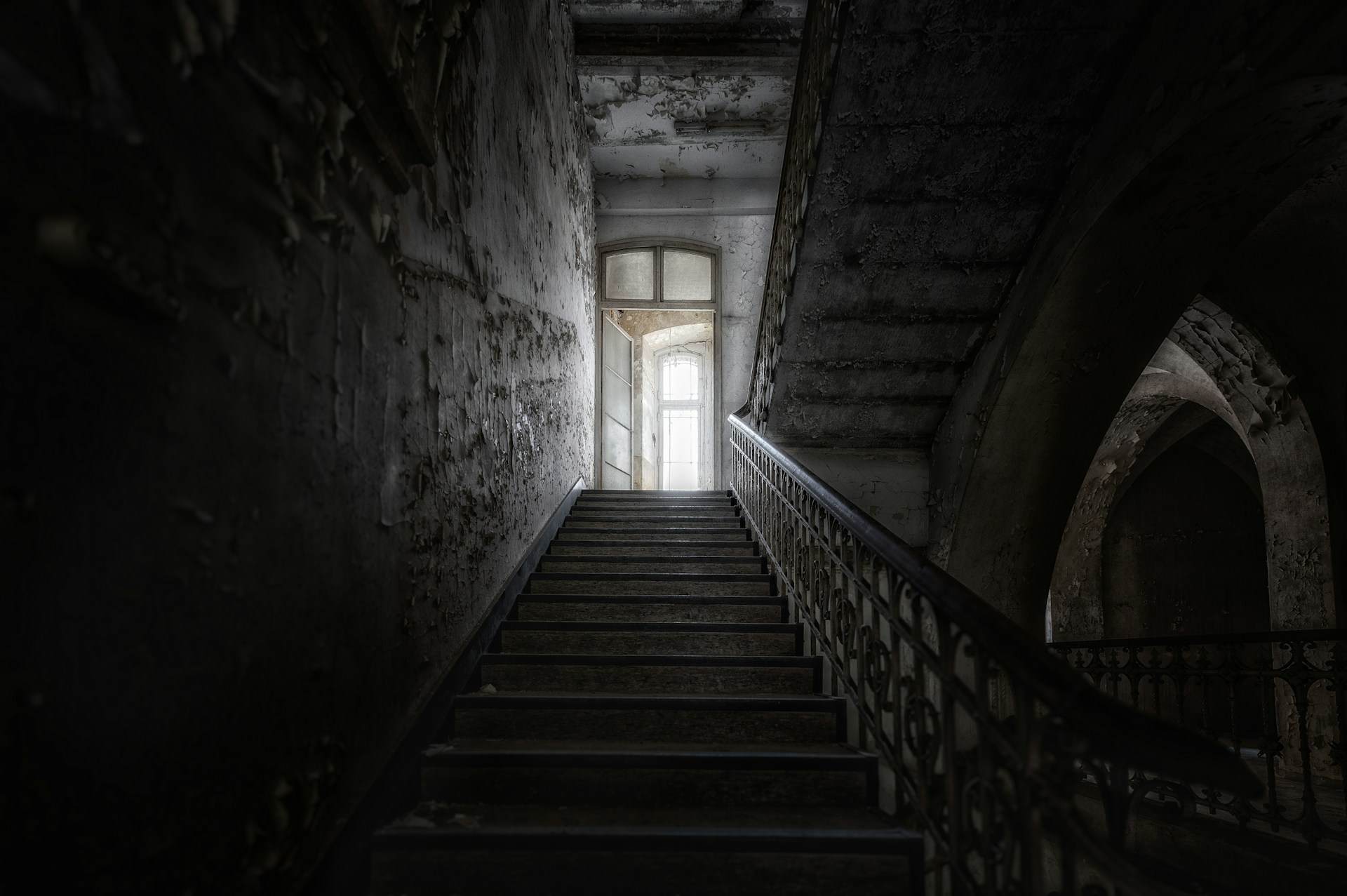La Descente d´Orphée aux Enfers and Les Arts Florissants
October 2025 | ||||||
|---|---|---|---|---|---|---|
Mo | Tu | We | Th | Fr | Sa | Su |
LA DESCENTE D’ORPHÉE AUX ENFERS – Marc-Antoine Charpentier 1643-1704
Barroque Opera in two acts
Anonymous libretto, inspired by the tenth book
of Metamorphoses by Ovid
LES ARTS FLORISSANTS – Marc-Antoine Charpentier
Idylle in five scenes
Anonymous libretto
- Semi-staged version -
The patience of a genius
Cast into the shadows by the suspicious distrust of Jean-Baptiste Lully, the Florentine-born musician who made the Sun King dance and weep and was the father of the French ‘Tragédie Lyrique’, Marc-Antoine Charpentier had to wait for Lully's death to see his works performed on stage with royal support. In the meantime, he moulded his genius to the possibilities offered by Louis XIV's cousin, Marie de Lorraine, Duchess of Guise, who became his patron. She opened her urban palace in the Marais district of Paris to him and placed at his disposal the select group of musicians in her chapel, comprising eight to ten instrumentalists and singers, of whom he himself was one. In honour of the Duchess's good taste, Charpentier dedicated a large group of allegorical and pastoral works to her, which were performed in the salons of her palace until her death in 1688. Les arts florissants is one of these allegories, adopted by William Christie as the name for his musical ensemble. It presents a dialogue between the arts and the forces of life – peace and war – in praise of the Duchess's lineage and the good name of the King, the maker of peaceful battles. Between 1686 and 1687, Charpentier composed La descente d'Orphée aux enfers, a work in two acts (the libretto includes a third, the music of which has been lost) in which he depicts the death of the mythical singer, devoured by the furious Maenads.
The eagerly awaited date with William Christie and his ensembles Les Arts Florissants and the young and talented soloists of Le Jardin des Voix brings us this season to a composer still unknown at Les Arts - Marc-Antoine Charpentier - who is closely linked to the history of the group, which owes its name to this composer's chamber opera Les arts florissants. The evening consists of a double programme featuring the aforementioned piece and another gem of the French Baroque: La descente d'Orphée aux enfers, both recorded by Christie with his usual historical rigour and refined style. These works of unusual beauty will be performed in a sober and poetic semi-staged version, conceived by Marie Lambert-Le Bihan and Stéphane Facco.
Program and cast
Sopranos - Josipa Bilić, Camille Chopin, Sarah Fleiss, Tanaquil Ollivier
Contralto - Sydney Frodsham
Tenors - Richard Pittsinger, Bastien Rimondi, Attila Varga-Tóth
Bass-baritone - Oliver Bergeron
Bass - Kevin Arboleda Oquendo
Conductor - William Christie
Stage Directors - Marie Lambert-Le Bihan, Stéphane Facco
Choreography - Martin Chaix
Le Jardin des Voix
Les Arts Florissants
Palau de les Arts Reina Sofía
The Palau de les Arts Reina Sofía is a majestic building designed by the Valencian architect Santiago Calatrava. Its sculpted form is highly symbolic.
The innovative architecture of this 40.000 square metre building -75 metres high-, accommodates four venues for opera, music, ballet and theatre.
Platforms project at different levels with passage ways and Mediterranean gardens. Access to the different areas is provided by means of panoramic lifts and staircases situated inside the metal sides of the building. The contrast between the opaque sheet metal structure and the glass foyers produce ever-changing sensations when walking about the building.
The metal plume, planted on the footbridge at the main entrance of the Palau de les Arts, seems to float over the structure. This elevated footbridge can be reached by two different stairways, it is 56 metres long and it is situated at the western end of the building. From the main entrance, where the Box Office is located, two symmetrical corridors lead to the lobby of the Main Concert Hall.
Only one point of support sustains the plume over the almond-shaped building, leaving the eastern end of the feather floating in mid-air, defying gravity.
Fine white concrete covers the large metal structural supports of the building, while broken mosaic tile (trencadís) has been used to decorate the outer shells, walls and reflecting pools of the Palau.
The Palau is surrounded by more than 60.000 square metres of gardens, pathways, and 11.000 square metres of water in the reflecting pools below.
How to get here
Adress: Av. del Professor López Piñero, 1, Quatre Carreres, 46013 València, Valencia, Spania
Transport públic
Bus: EMT lines: 1, 13, 15, 19, 25, 35, 40, 95 i 99.
More information
Underground: The nearest stop is Ciutat Arts i Ciències – Justícia (line 10). Also, you can use the stop Alameda (lines 3 and 5) and it is a 20-minute walk through the Turia gardens.
Taxi
Taxi stand at Plaza Monteolivete
Bike
Valenbisi, with stations in Avda. de La Plata (Museo Fallero) and Autopista del Saler- Puente de Monteolivete
Nearest parking
Parking L’Umbracle
The nearest parking is placed at L’Umbracle, also inside the City of Arts and Sciences. This parking has capacity for 665 cars and 25 buses.
Accesibility
The four venues of Palau de les Arts Reina Sofía have areas exclusively enabled for people who require the use of wheelchairs.
These seats are not included in the general sales and cannot be reserved: their use is established following the order of request. In the case of people with a recognized degree of disability, and who need to be accompanied by another person, both the holder and the companion may benefit from the promotions aimed at this group.
Likewise, the theatre provides a wheelchair support service, from and to the main entrance of the building in Avenida López Professor Piñero. This service must be requested one week before the performance.

 EN
EN DE
DE IT
IT FR
FR ES
ES RU
RU JP
JP RO
RO
 Seating plan
Seating plan 